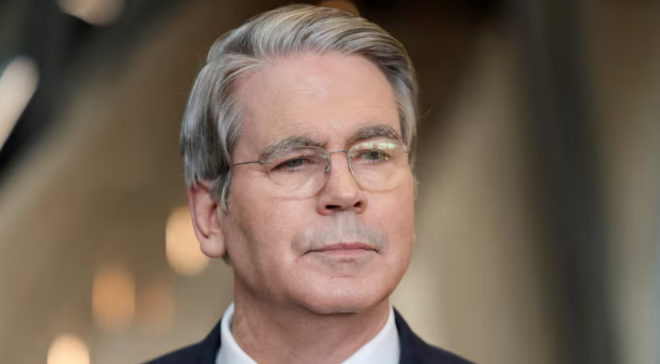UN Montreal nature summit yield results needed in saving mother nature
The United Nations -biodiversity meeting in Montreal-Canada has ended with a deal to protect the world’s land and oceans and provide critical financing to save biodiversity in the developing world
Chinese Environment Minister Huang Runqiu who is also the chair of the COP15 nature summit declared the deal adopted at a plenary session in Montreal on Monday.
The most significant part of the deal is a commitment to protect 30 percent of land and water considered important for biodiversity by 2030. Currently, 17 percent of terrestrial and 10 percent of marine areas are protected.
“There has never been a conservation goal globally at this scale. This puts us within a chance of safeguarding biodiversity from collapse. We are now within the range that scientists think can make a marked difference in biodiversity,” Brian O’Donnell, Director of the conservation group Campaign for Nature.
However, there was an objection from a representative from the Democratic Republic of the Congo who opposed the text, raising concerns about developed nations’ responsibility for funding conservation in developing countries.
“The parties which are developed nations should provide resources to parties which are developing,” the DRC’s representative said.
The objection by DRC was also supported by Cameroon’s representative who termed the landmark goal as a forced one on the African continent.
“What we saw was a force of hand declaration” Cameroon’s representative opines.
Earlier on observers had warned the COP15 talks aimed at sealing a “peace pact for nature” risked collapse due to disagreement over how much the rich world should pay to save ecosystems in developing countries.
But the Chinese chair of the conference said Saturday he was greatly confident delegates would reach a deal.
Steven Guilbeault, Canadian counterpart supported the deal terming it a great milestone in nature conservation “We have made tremendous progress, I don’t know about how many of us thought we could get there. Let us now work together to achieve the most ambitious agreement possible. The world is depending on it.”
The negotiations officially run until December 19 but could run longer if needed. China holds the presidency of COP15, but its strict COVID-19 rules prevented it from hosting, leaving that task to Canada in deep winter.
At stake is the future of the planet: whether humanity can roll back the habitat destruction, pollution, and climate crisis that threaten an estimated one million plant and animal species with extinction.
The text is meant to be a roadmap for nations through 2030. The last 10-year plan, signed in Japan in 2010, failed to achieve any of its objectives, a failure blamed widely on its lack of monitoring mechanisms.
Major draft goals now include a cornerstone pledge to protect 30 percent of the world’s land and oceans by 2030. That ambitious objective is being compared to the Paris deal commitment to hold long-term planetary warming to 1.5 degrees Celsius — or at least to 2.0 degrees.
Several countries have announced new commitments either at the COP15 recently, with Europe emerging as a key leader. The European Union has committed $7.4 billion for the period until 2027, double its prior pledge.
But these commitments are still well short of what observers say is needed, and what developing countries are seeking. Brazil has led that charge, proposing flows of $100 billion annually, compared to the roughly $10 billion at present.
GAROWE ONLINE







